Verde Trader Blog
Your Resource for Industrial Packaging News, Specs, and Buyer Tips
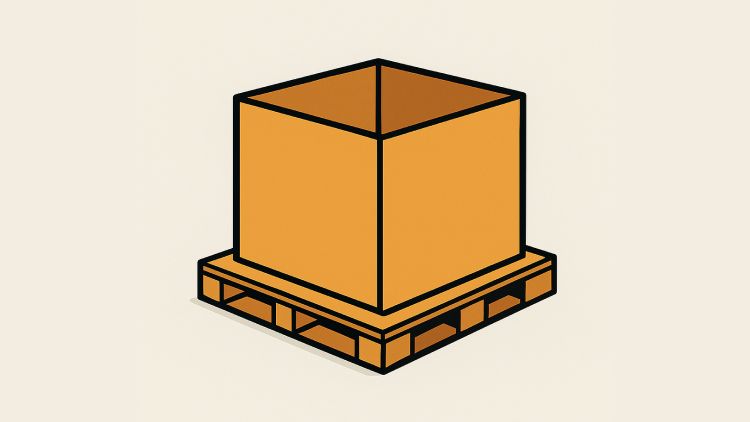
In the world of packaging procurement, terms like pallet box, Gaylord box, octabin, and bulk bin often overlap, leading to confusion. This guide provides an authoritative breakdown based on industry standards, historical context, and technical insights to help you navigate these distinctions effectively.
In industrial packaging, tri-wall boxes — also called triple wall Gaylord containers — set the standard for durability, compression strength, and sustainability. Constructed with three layers of corrugated fluting (seven-ply total structure), these Gaylord boxes are engineered to support heavy loads up to 2,000 lbs, making them essential in manufacturing, defense, and logistics sectors.
From our experience, Gaylords are corrugated, heavy-duty, reusable bulk bins for real load-bearing. A bulk cargo container can technically be a Gaylord, but most boxes sold as “bulk cargo containers” are lighter capacity and intended for single use. Similarly, many bulk cargo bins with a pallet-sized footprint are described as “Gaylords,” but lack the weight capacity and bulge resistance of a true Gaylord box
When shipping goods in bulk, the terms "Gaylord box" and "Octabin" are often used, but they aren't always interchangeable. While both are heavy-duty containers designed for pallet-sized loads, the octabin offers specialized advantages for specific applications. This guide will clarify the meaning, features, and key differences to help you choose the right packaging.
Ready to Discover What Your Used Packaging Is Worth?
Get in touch with our team and receive a free quote for your used containers and pallets.
Get a Quote
Recently Published
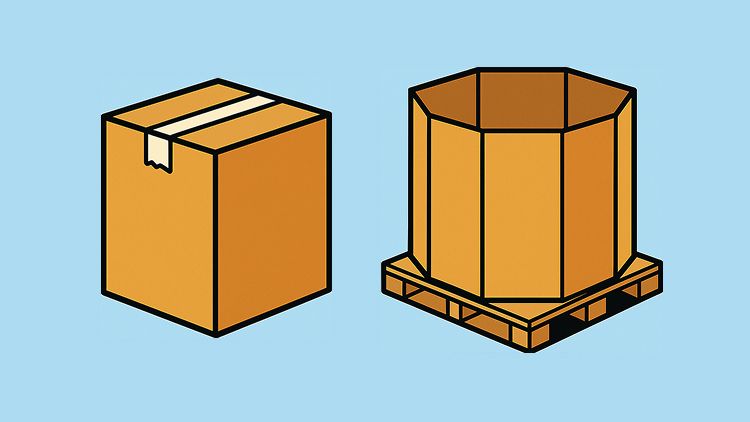
Short answer: Use an RSC (regular slotted container) for case-packed, parcel-friendly shipments; opt for a pallet-sized bulk bin (often called a “Gaylord”) for heavy, loose, or consolidated product that moves by forklift.

In the world of packaging procurement, terms like pallet box, Gaylord box, octabin, and bulk bin often overlap, leading to confusion. This guide provides an authoritative breakdown based on industry standards, historical context, and technical insights to help you navigate these distinctions effectively.
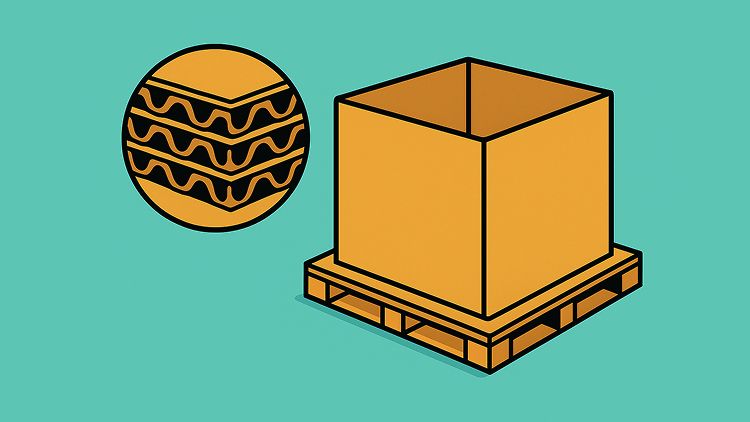
In industrial packaging, tri-wall boxes — also called triple wall Gaylord containers — set the standard for durability, compression strength, and sustainability. Constructed with three layers of corrugated fluting (seven-ply total structure), these Gaylord boxes are engineered to support heavy loads up to 2,000 lbs, making them essential in manufacturing, defense, and logistics sectors.
Gaylord Boxes

Short answer: Use an RSC (regular slotted container) for case-packed, parcel-friendly shipments; opt for a pallet-sized bulk bin (often called a “Gaylord”) for heavy, loose, or consolidated product that moves by forklift.

In the world of packaging procurement, terms like pallet box, Gaylord box, octabin, and bulk bin often overlap, leading to confusion. This guide provides an authoritative breakdown based on industry standards, historical context, and technical insights to help you navigate these distinctions effectively.

In industrial packaging, tri-wall boxes — also called triple wall Gaylord containers — set the standard for durability, compression strength, and sustainability. Constructed with three layers of corrugated fluting (seven-ply total structure), these Gaylord boxes are engineered to support heavy loads up to 2,000 lbs, making them essential in manufacturing, defense, and logistics sectors.
IBC Totes
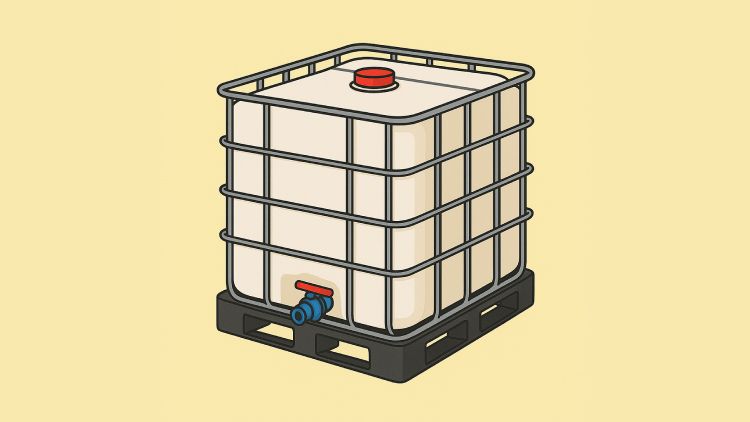
A caged IBC tote, also known as a composite IBC, is built from a blow-molded HDPE bottle held inside a welded steel cage and mounted on a pallet base. Most units hold 275 or 330 gallons and move easily with forklifts. The design protects the bottle, stacks safely, and meets transport standards when properly rated.

Most composite IBCs (275- and 330-gallon) combine: Inner bottle: high-density polyethylene (HDPE) Outer cage: galvanized steel Base: plastic, steel, or wood pallet In recycling, HDPE and steel are the primary targets. Wood bases are usually reused or recycled separately; plastic bases can be recycled with other rigid plastics if the local program accepts them.

1) Specify it right (before the tote is ever filled) Match materials to the product Bottle: HDPE works for many liquids; stainless or specialty polymers may be needed for strong solvents or hot fill. Seals: Choose EPDM (water, mild chemicals), FKM/Viton (oils, fuels, many solvents), or PTFE (broad chemical resistance). Using the wrong elastomer is a slow-motion leak.
Buying
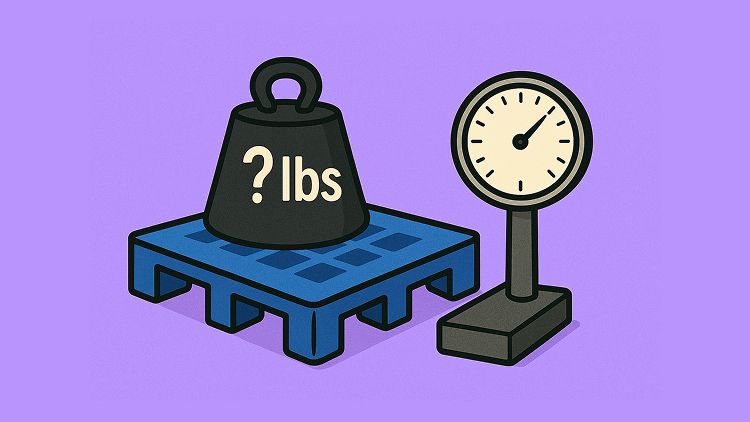
These are common capacity ranges for 48"×40" plastic pallets in real operations. Dynamic (while lifted/moving): ~2,000–5,000 lb Static (stacked on floor): ~15,000–30,000+ lb Rack (unsupported beam/rack): ~1,000–3,000 lb per pallet, model-specific
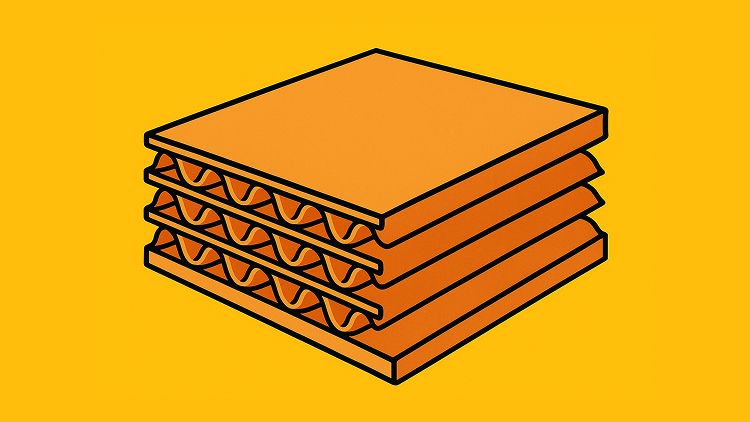
Not all Gaylord boxes are built the same—and wall count is one of the biggest factors that determines how they perform. Whether you’re shipping lightweight recyclables or dense industrial materials, the number of walls directly affects how much weight a box can carry, how many times it can be reused, and how well it stacks in storage or transit.
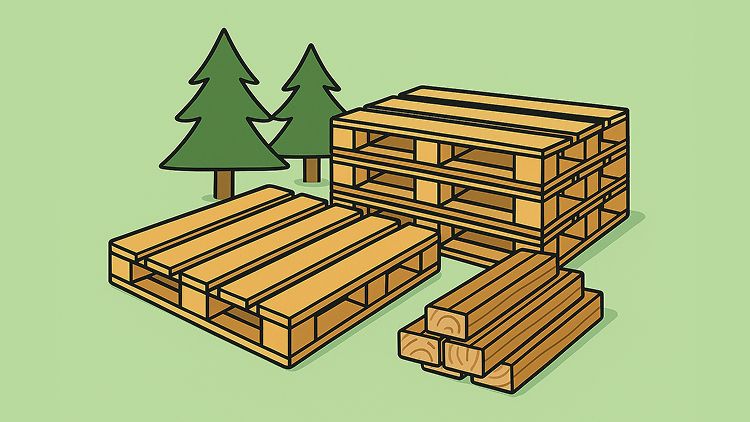
Pallets are built to move product efficiently, not to showcase a single wood species. Most manufacturers use regionally available lumber that meets strength and cost targets. Understanding the common woods—and how design, treatment, and grading interact—will help you specify the right pallet for the job.
Selling

Short answer: it depends on condition (new vs. used), style (nestable/stackable/rackable), dimensions, design, and freight. Below are realistic B2B ranges and the levers that move price up or down so you can budget and estimate resale value.

Plastic pallets are widely used for shipping, storage, and product handling. Their hygiene, strength, and compatibility with automation make them a practical alternative to wood. But who actually buys plastic pallets? The answer depends on the industry and the application.

Whether you’re selling or buying Gaylord boxes for bulk storage, one of the most common questions is about cost. Prices vary between new and used boxes, and within those groups, specialty designs like produce bins or HPT-41 models may shift the range. Here’s a breakdown of what to expect when it comes to cost and value.

